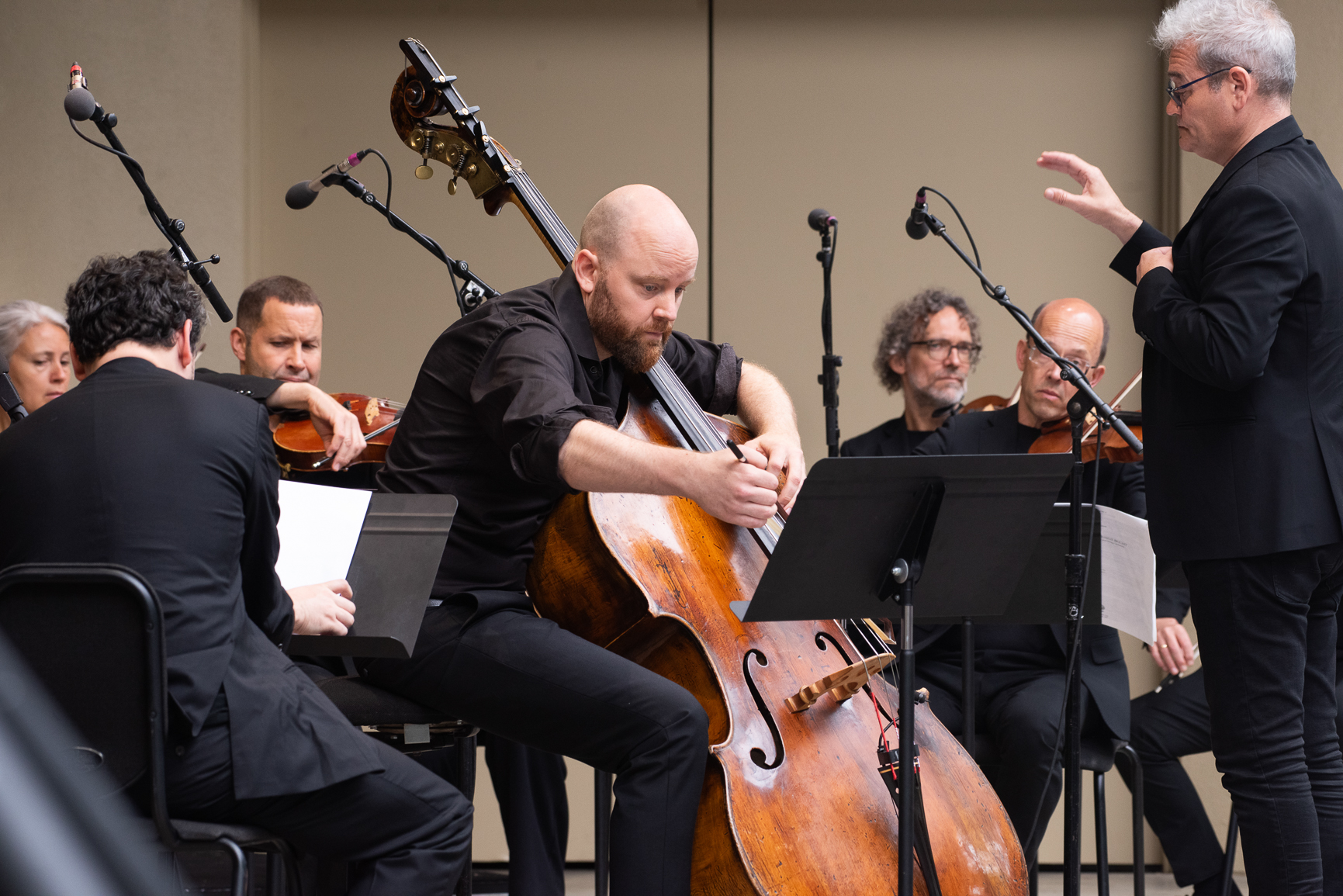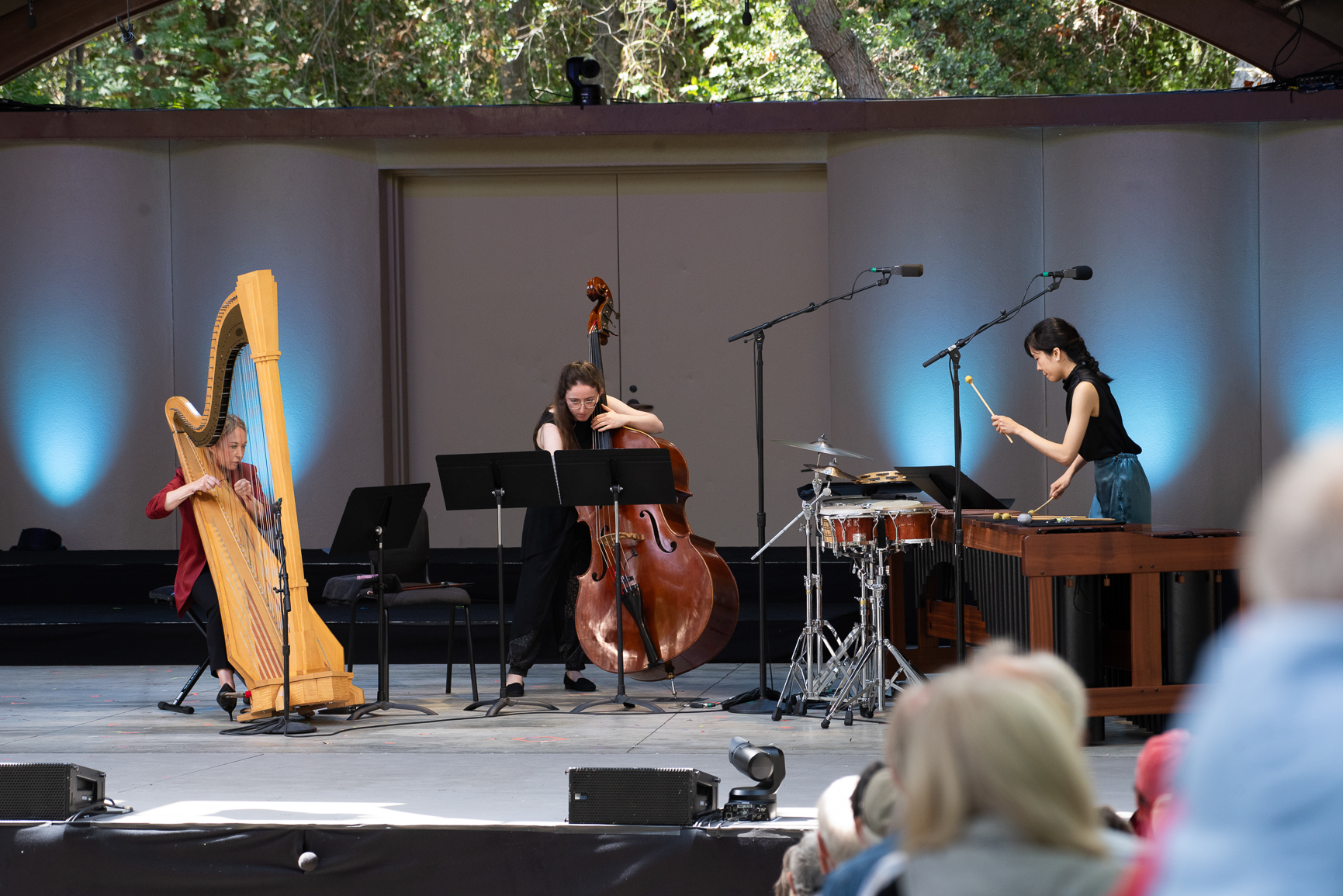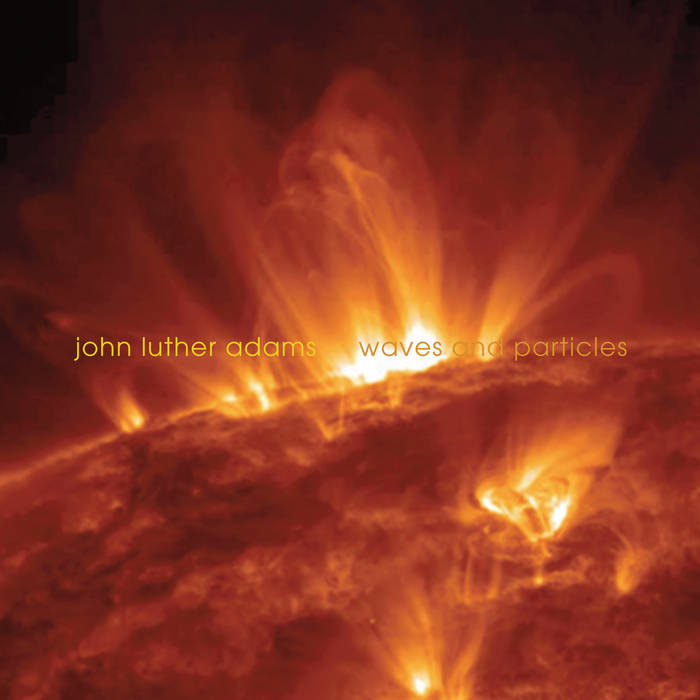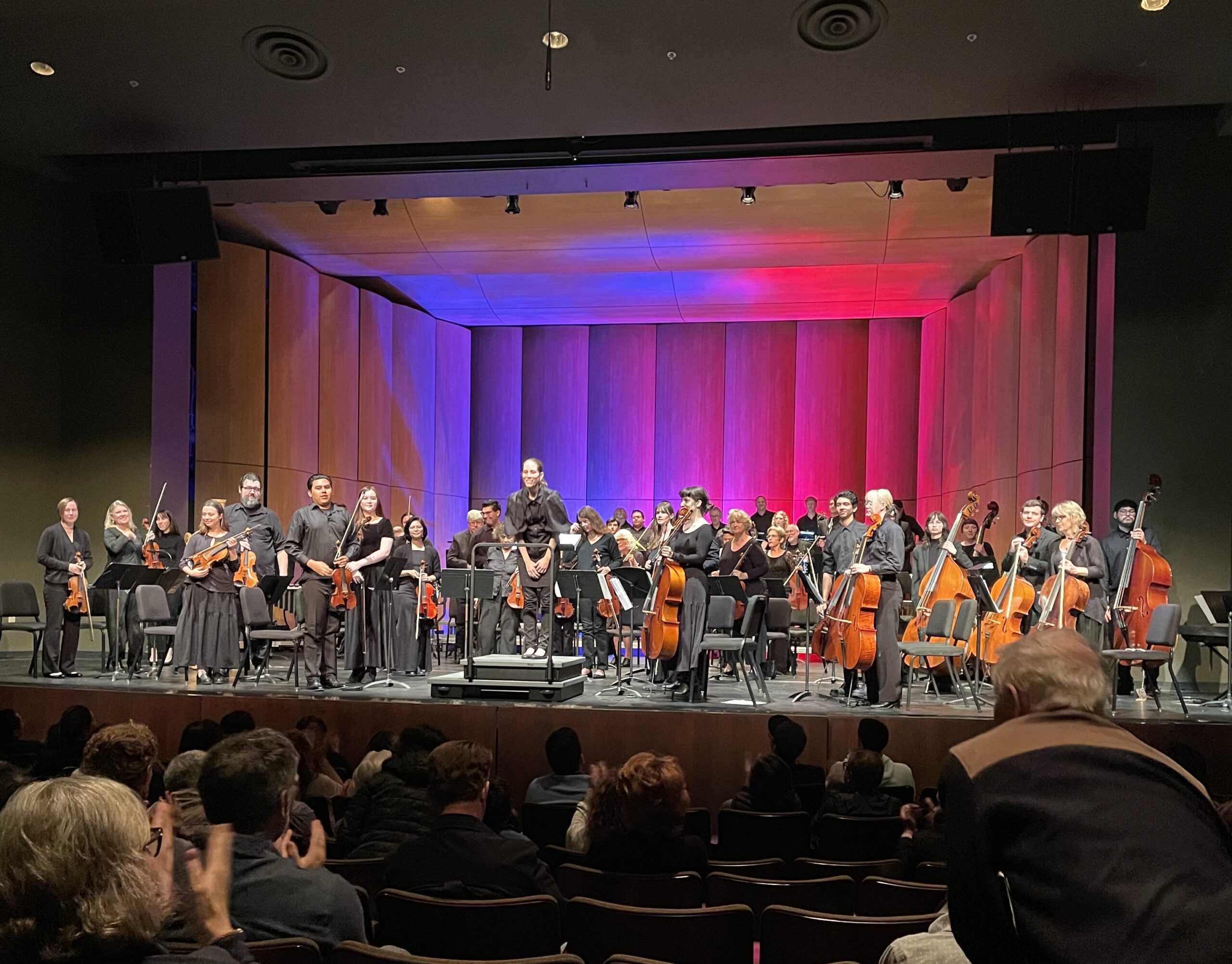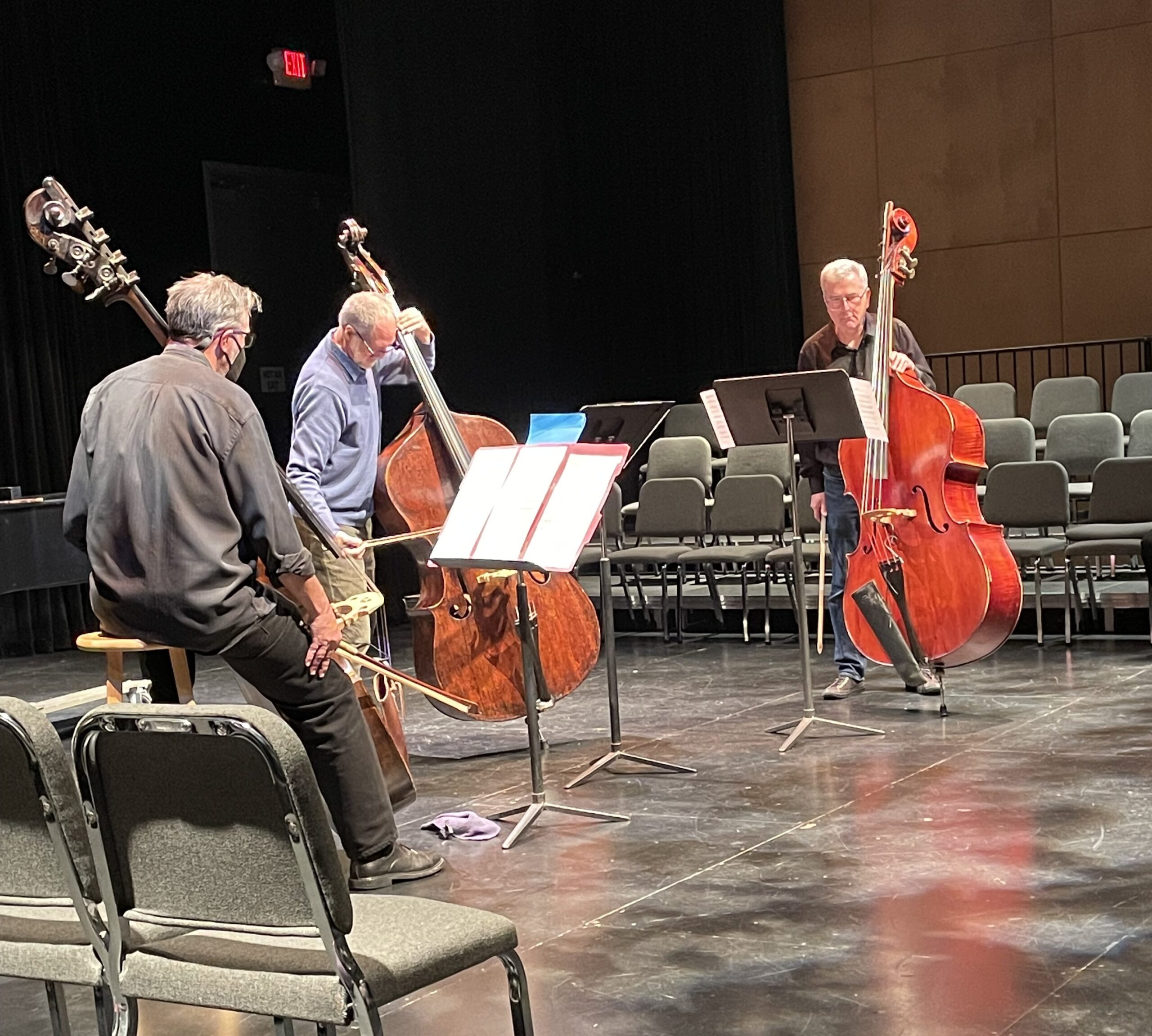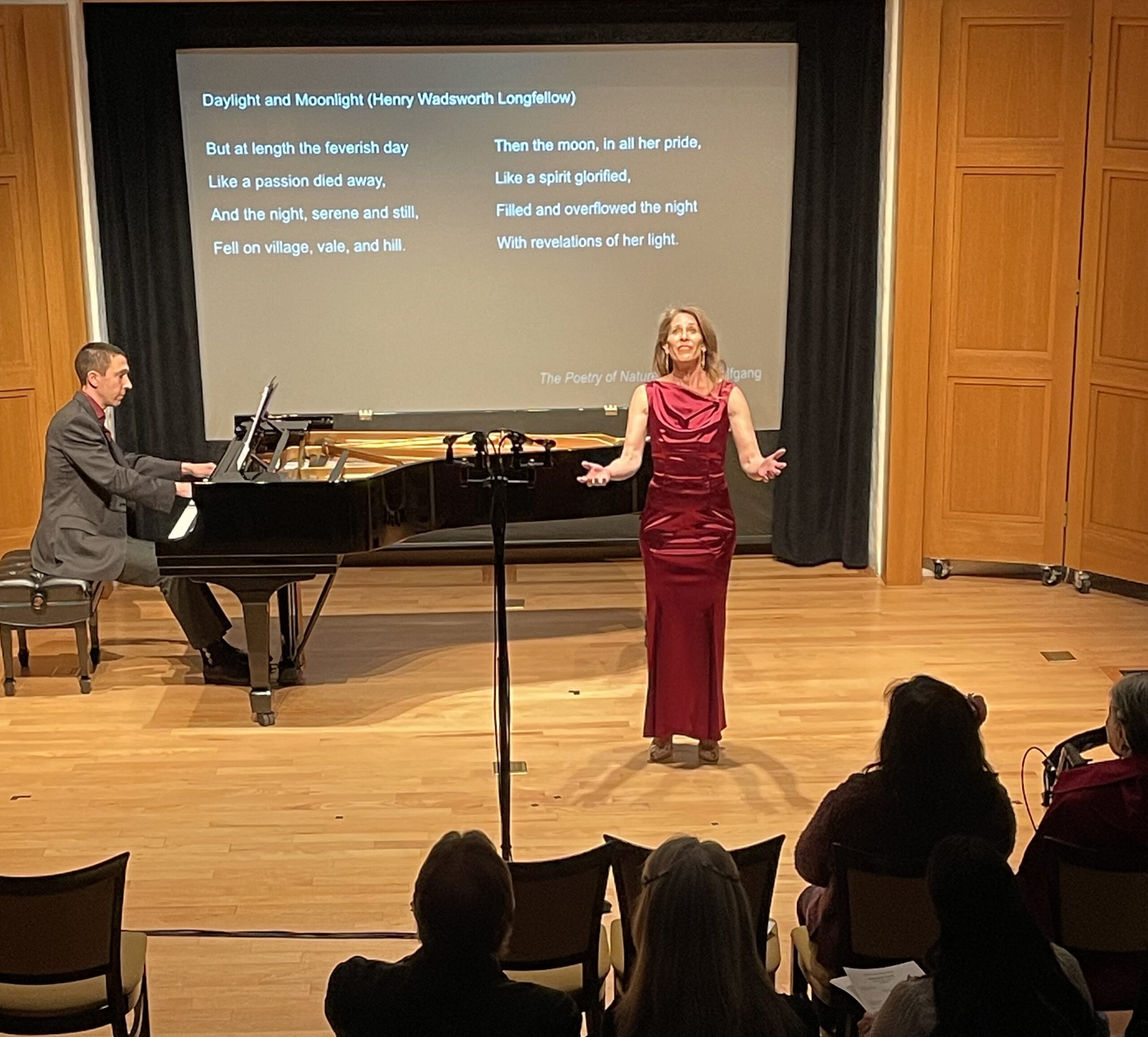
Beaufort Scales is a new CD by Christopher Cerrone recently released by Cold Blue Music. Commissioned by the Lorelei Ensemble, this album explores the musical expression of the wind at sea in eleven beguiling vocal tracks. The composer writes that each of the pieces “…comment on the state of the weather at one point in time, serving as both a reprieve and a reflection upon the surrounding movements.” Developed in 1805 by British Admiral Sir Francis Beaufort and still in use today, the Beaufort Scale describes the velocity of wind using a value from 0 to 12 to indicate sea conditions from flat calm to hurricane force. The album also contains pieces based on texts from Herman Melville, F. Scott Fitzgerald, Anne Carson and the King James Bible. The eight treble voices of the Lorelei Ensemble bring a high level of virtuosity and a rare purity of tone color to all of the tracks in this album. Beaufort Scales is dedicated to the memory of Ingram Marshall.
The actual Beaufort Scale isn’t just numbers that represent wind speeds. For each number on the scale there is a corresponding description of typical wind and sea conditions. Beaufort Force 0, for example, includes the accompanying description: “Calm; Sea like a mirror. Smoke rises vertically.” A Force 7 wind is described as: “Near Gale; Sea heaps up and white foam from breaking waves begins to be blown in streaks along the direction of the wind.” The album tracks are numbered according to increasing Beaufort Force numbers and the track titles are taken from the relevant Beaufort descriptions of sea conditions. Most of the tracks combine a few of the Beaufort numbers together. Track 6, for example, is titled Steps 4, 5 & 6 Small, Moderate and Large Waves. Of the eleven tracks on the CD, seven are based on Beaufort numbers with the other four being interludes inspired by nautical texts. Track 5, for example, is titled Interlude 2: Herman Melville.
The tracks are generally short, from a little over 2:00 minutes to just under 5:30. All of the music is performed by the eight female voices of the Lorelei Ensemble accompanied only by subdued electronics realized by Chris Cerrone.. The early pieces begin gently according to their lower Beaufort numbers and the intensity gradually increases as the higher numbered tracks are heard. Prelude: Sea Like a Mirror, the first track, reflects Beaufort Scale 0. This begins in a quiet whispering sound, giving perhaps just the slightest suggestion of a breeze. This is soon accompanied by pure vocal tones in sustained harmonies that vary in volume. The singing is lovely with the words “Sea Like a Mirror” repeated in layered phrases. “Calm” is heard towards the finish as the sound of the lapping of small waves returns. Prelude: Sea Like a Mirror is a convincing realization of a calm, mirror-like sea surface.
Other tracks follow a similar pattern. Moving up the Beaufort Scale, track 8 is titled Steps 7, 8 & 9: Sea Heaps Up / Waves of Greater Length / High Waves. This opens with three voices sharply singing “Sea Heaps Up’ in a sort of round. There is a sense of urgency and alarm in the often dissonant harmony and strong articulation. “Waves of Greater Length” is heard in multiple voices with a lovely counterpoint. The singing here is precise and beautifully delivered.
The Interludes are heard as separate tracks between the Beaufort Scale numbers. Interlude 2: Herman Melville, although short at 2 minutes, is perhaps the most overtly nautical. A soft rushing sound is heard on the opening followed by a clearly spoken text: “The not yet subsided sea rolled in long, slow billows.” The spoken words continue – there is no music – and a second voice joins in repeating the words as if an echo. The language of Melville nicely evokes life aboard a 19th century sailing ship. The rushing sounds increase, just before the sudden ending. Interlude 4: Herman Melville, track 9, is just a little longer at 2:11. The text is again spoken but is now more intense, describing a violent typhoon. “The winds started blowing hard and the seas were rough…” Singing begins in gorgeous harmony with a feeling that is both eerie and beautiful. The treble voices here are impressive, as is the careful sound engineering by Mike Tierney and Scott Fraser that perfectly captures the pure tones.
Electromagnetic waves are, arguably, the building blocks of the universe. Beaufort Scales brings a vivid description of waves as we experience them in a natural, physical context resulting from ocean and weather. Another Cold Blue CD, released at the same time is Waves and Particles, by John Luther Adams and this explores the character of waves from an elemental perspective. That waves can be treated from an earthly macro perspective and also at the atomic level is a testament to the great expressive power of the music from these two composers.
Beaufort Scales is available directly from Cold Blue Music, Amazon Music and other retail outlets.



